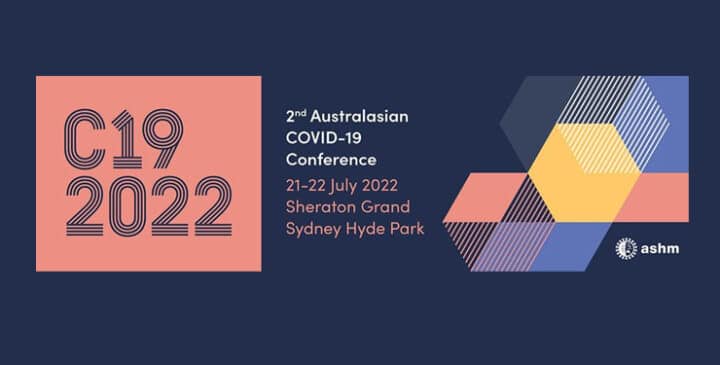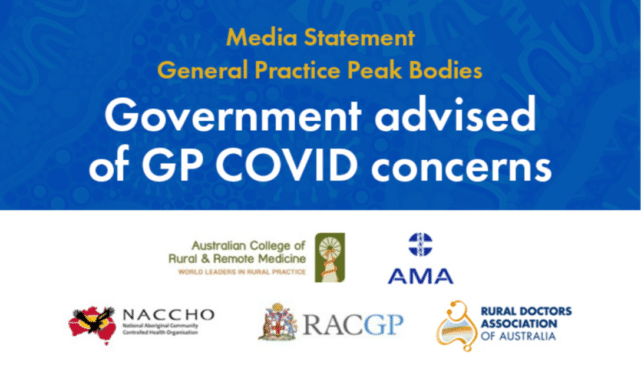

What quarantine measures are required for health care workers travelling from higher prevalence areas to low prevalence areas? – Recommendations April 30, 2020
Context
- Health care workers (HCWs) are a substantial vector of SARS-CoV-2 (COVID-19)
- Travel from higher prevalence settings to low prevalence settings poses a risk of transmission of SARS-CoV-2 (COVID-19)
- There may be state and territory, regional, local and/or community travel restrictions and requirements that need to be considered
- Maintaining access to high quality primary health care is critical including during the period of restrictions due to social distancing requirements.
Recommendations
· All alternatives to visiting the lower prevalence area should be explored including:
- consultations by telehealth
- remote support to local health staff
- cancelling non-essential visits
· If a visit is considered absolutely necessary:
o HCWs may travel from a higher prevalence area to a lower prevalence area if, in the last 14 days, they:
- have not travelled overseas; and
- have not had fever (≥38°C), chills, and/or night sweats; and
- have not had acute respiratory infection, including sore throat, cough, or shortness of breath; and
- have not had contact with a confirmed COVID-19 case without adequate use of PPE
o HCWs who have experienced fever or respiratory symptoms in the last 14 days may enter a lower prevalence area if
- they no longer have fever or respiratory symptoms and
- they have had a negative PCR test for COVID-19 since the onset of symptoms
Related topics
Australian Department of Health guidelines on self-isolation and quarantine
What quarantine measures are required for HCWs travelling to remote communities.
Tools for assessing HCW risk of exposure CDC or WHO
The appropriate level of infection control and prevention (ICP) for visiting/returning HCWs who are exempt from quarantine – recommendations under development
———– ends ————

